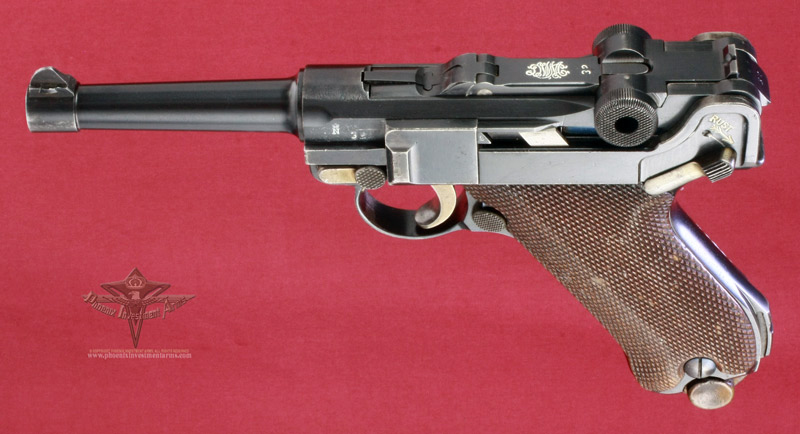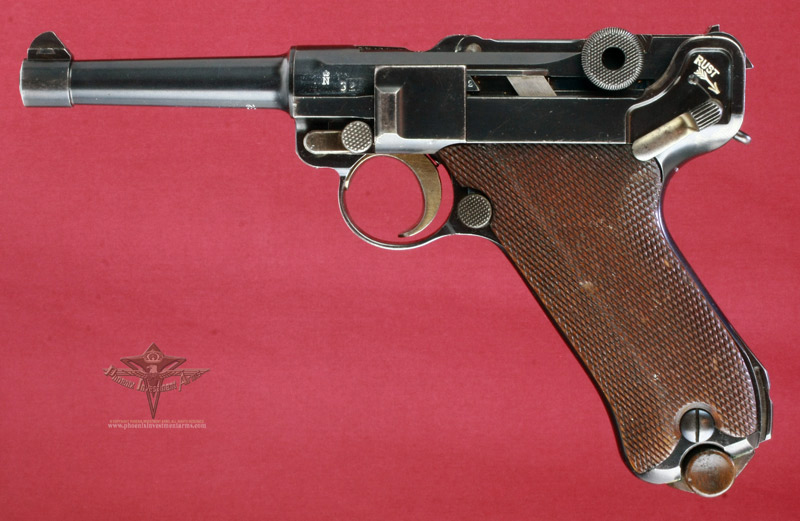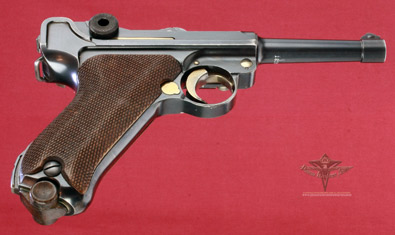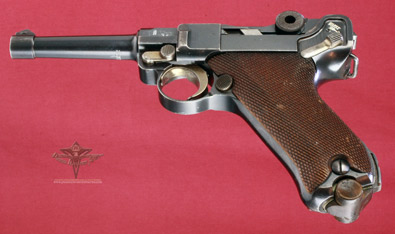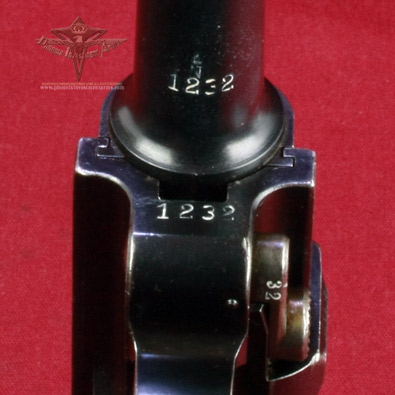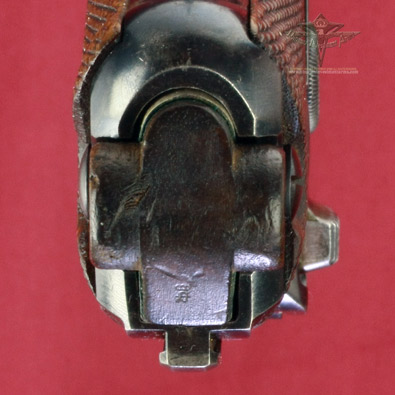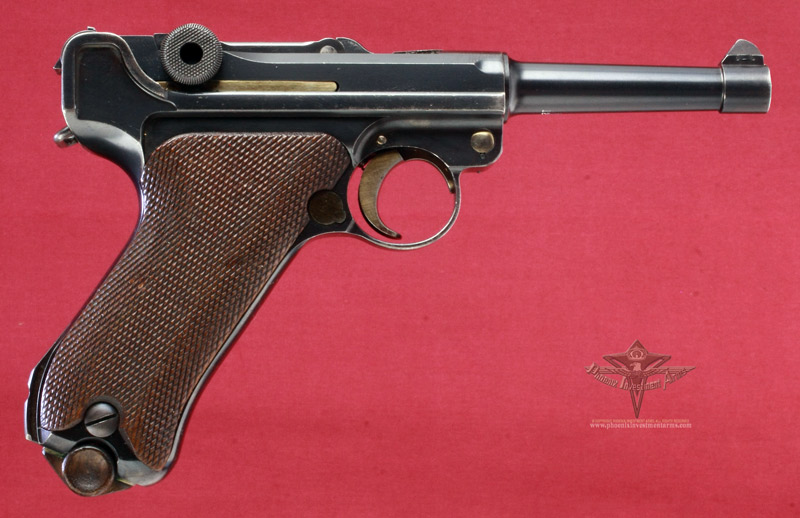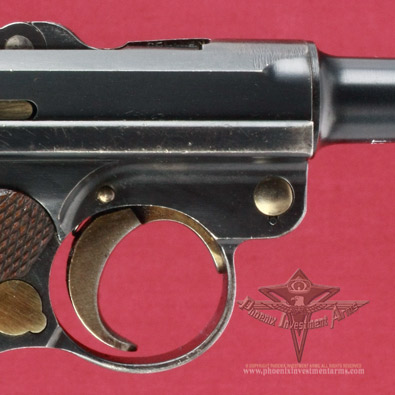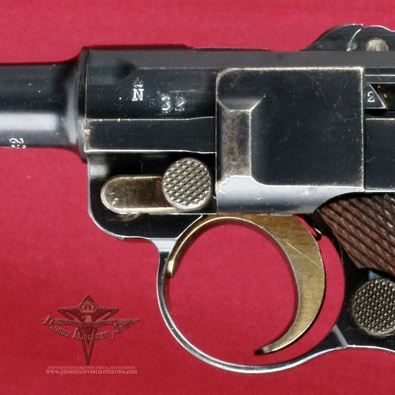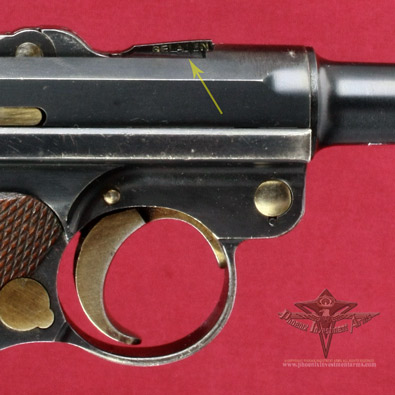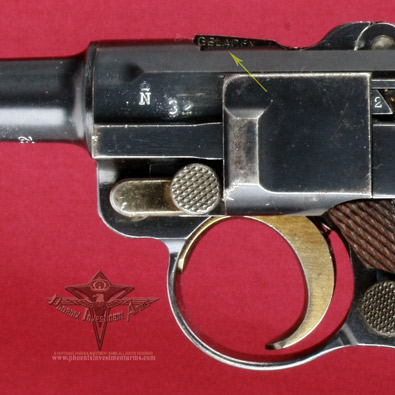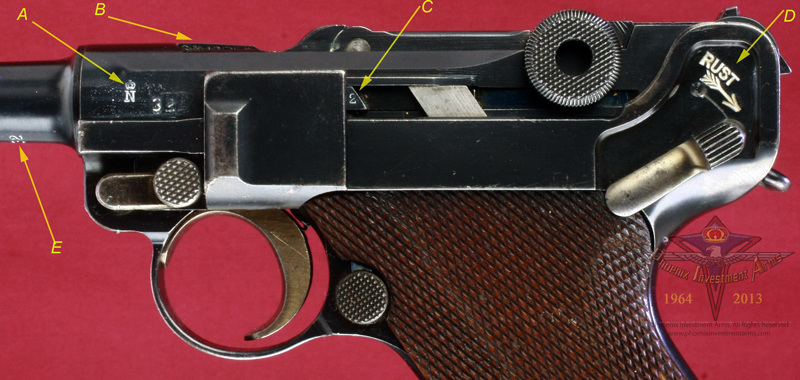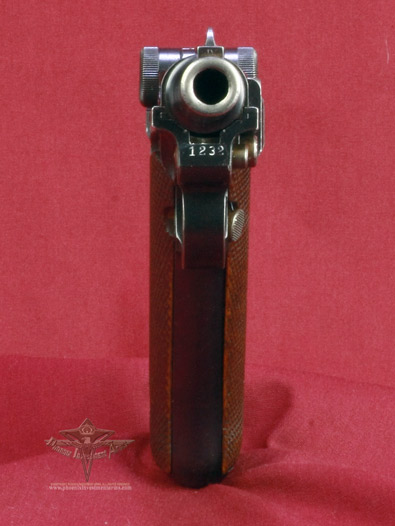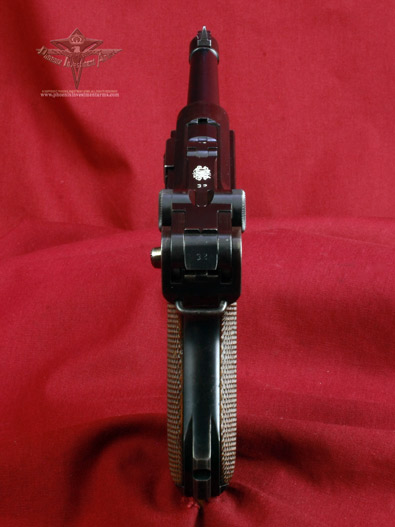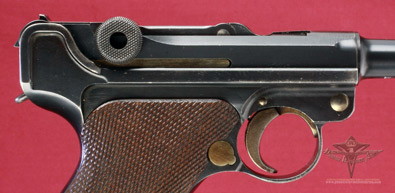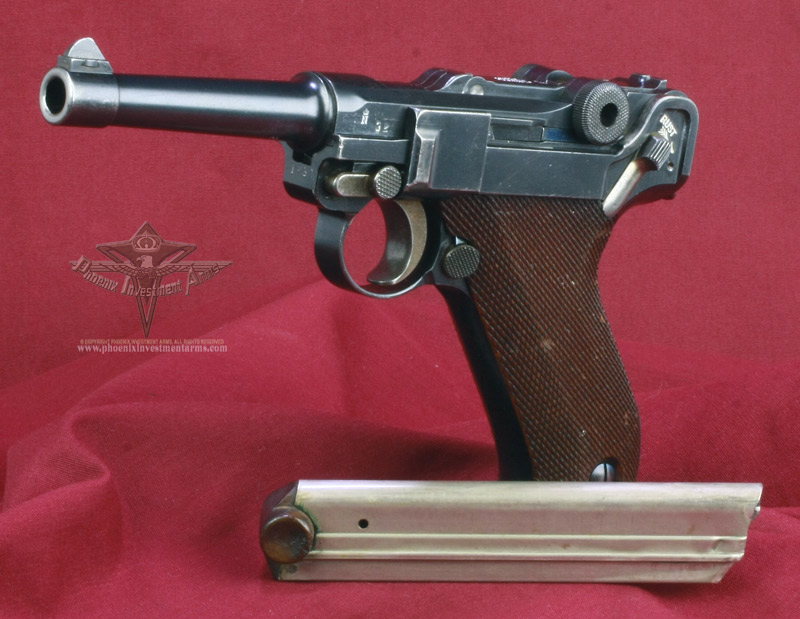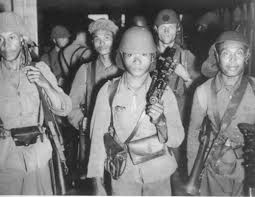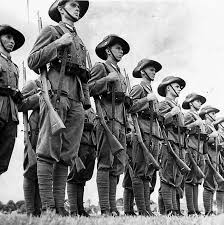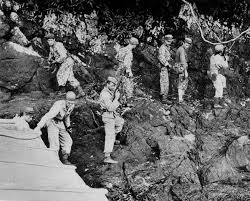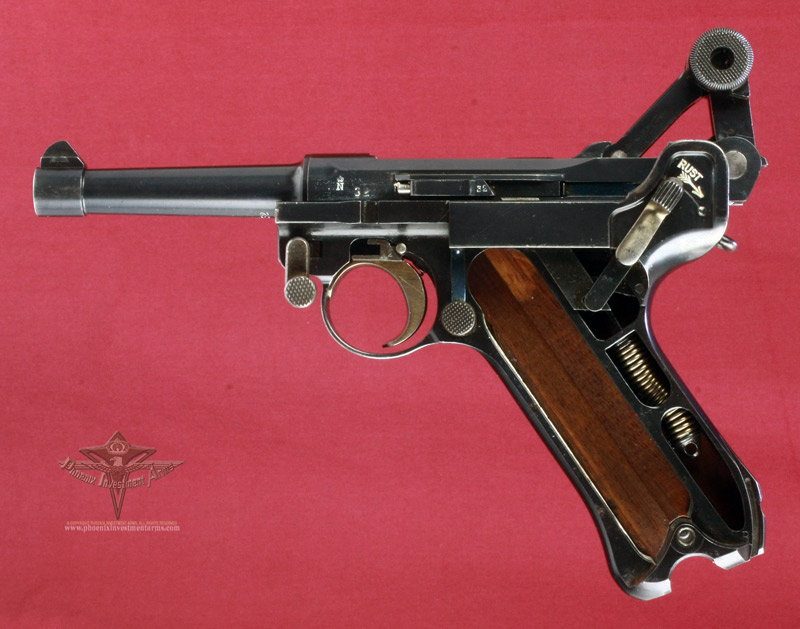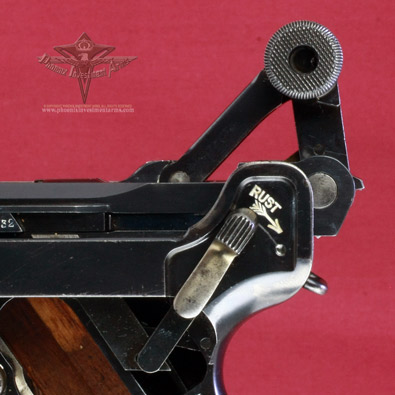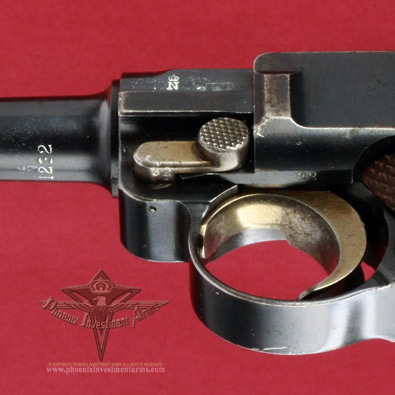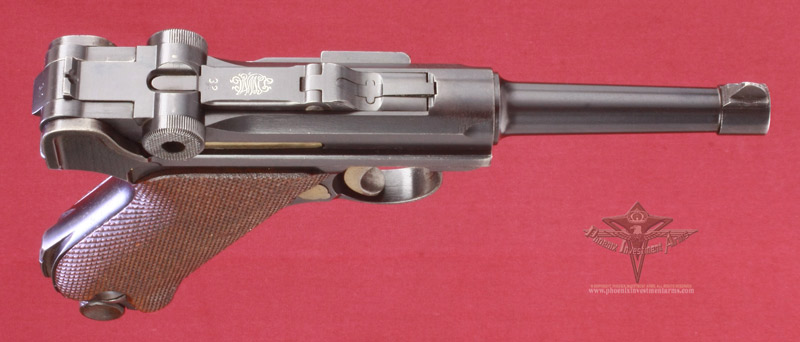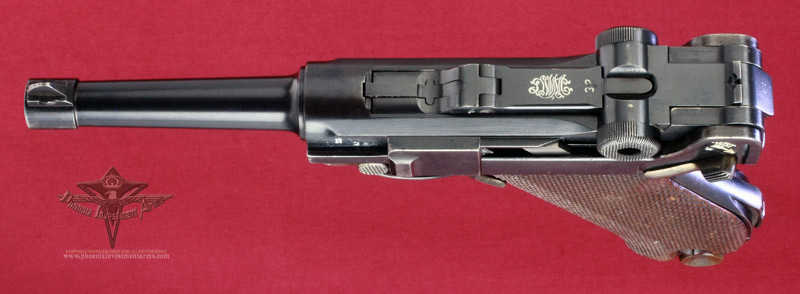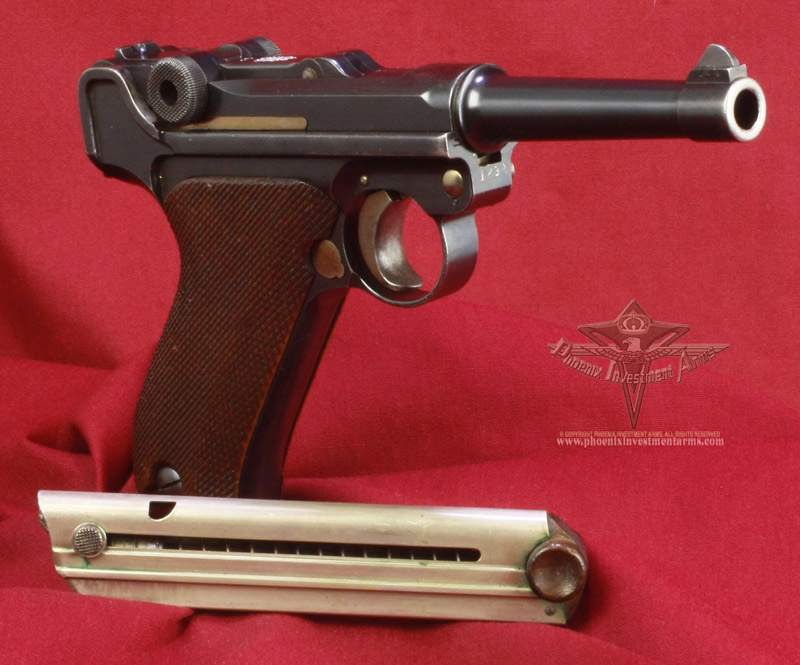|
|
|
This is a 1928 commercial 9mm on a new 1908 Model frame, 100mm barrel without a grip safety but with a stock lug bought by contract for the Dutch Navy. Berlin-Karlsruher Industrie-Werke Aktiengesselshaft (BKIW) the successor to DWM, still bear the marking DWM the forward toggle link, "RUST" with an arrow curving downwards above the thumb safety lever and "GELADEN" on both sides of the extractor. The Dutch labeled this as the M1 and only 1484 were delivered in 1928/1930 (1736) |
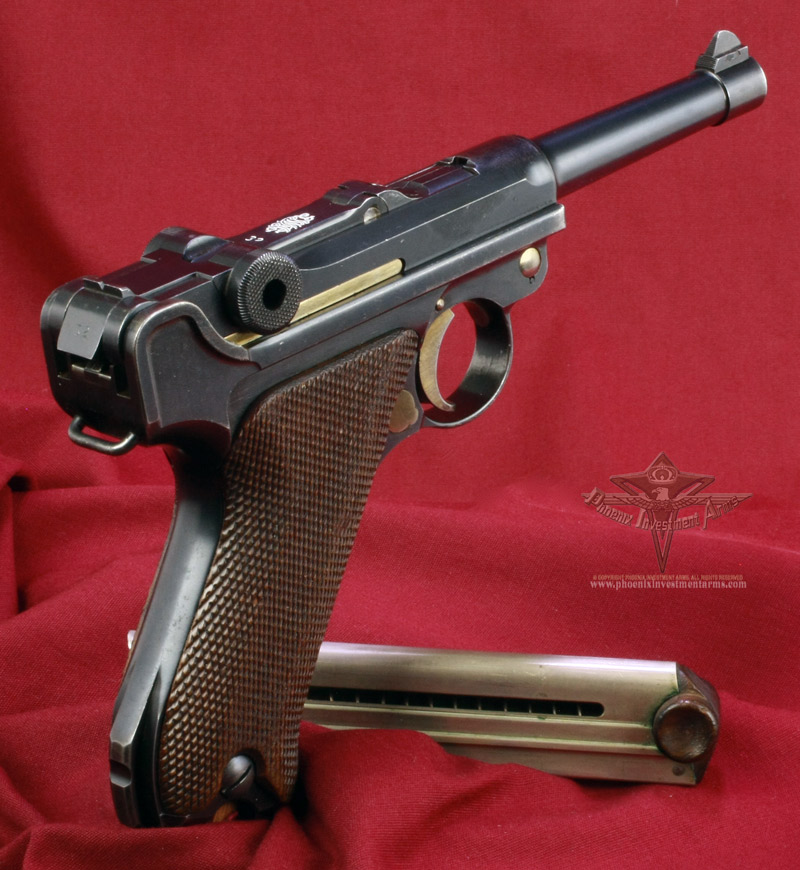 |
|
NOTE: Photographs taken today with the high mega-pixel camera show more than we sometimes can see with the human eye. Magnified close-ups show us tool marks and natural surface conditions that one normally doesn't see in the ordinary handling of the weapon. Photographs are copyrighted, all rights reserved, any extraction, reproduction or display of gun pictures without the express consent of the Phoenix Investment Arms is strictly prohibited. Thank you for your cooperation. Please visit Legal (tabbed) for Conditions of Sale. |
